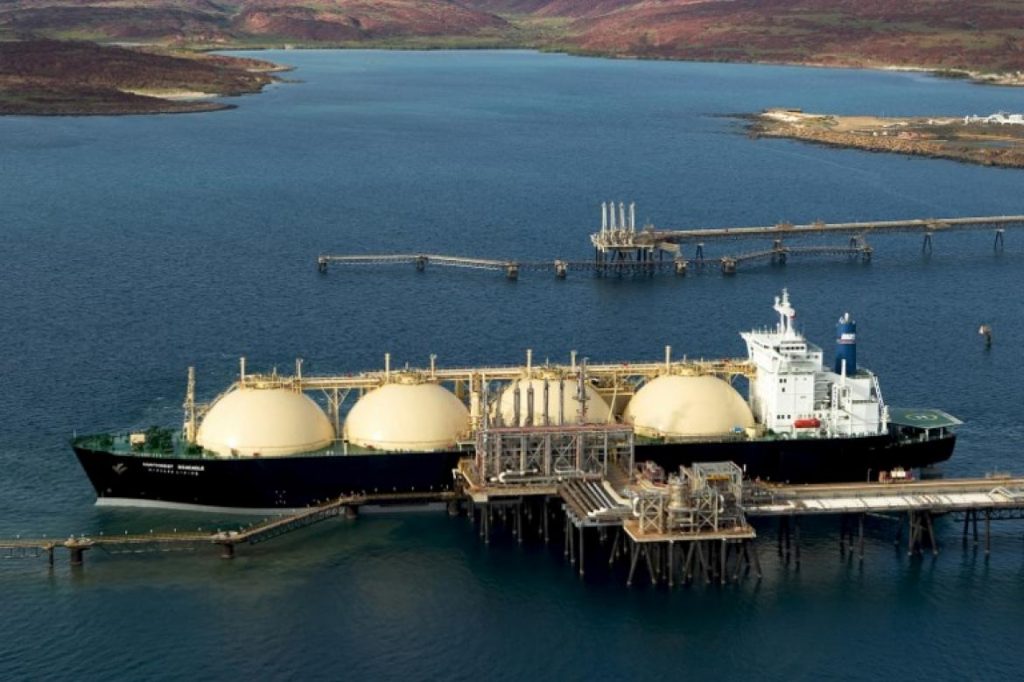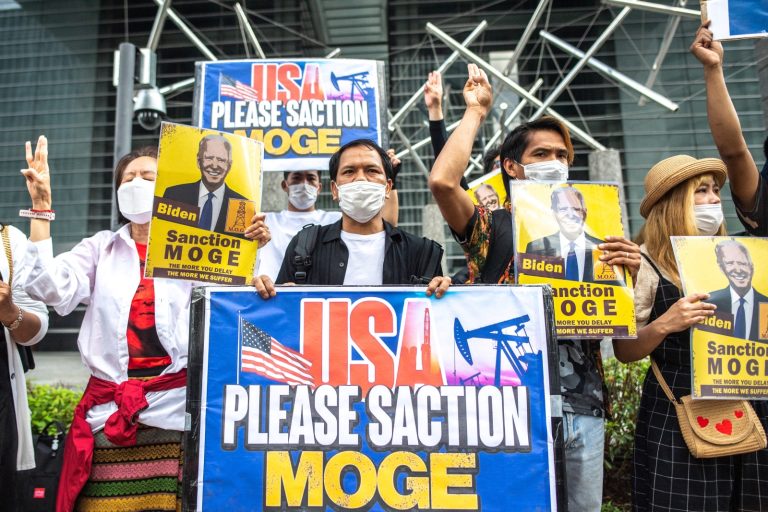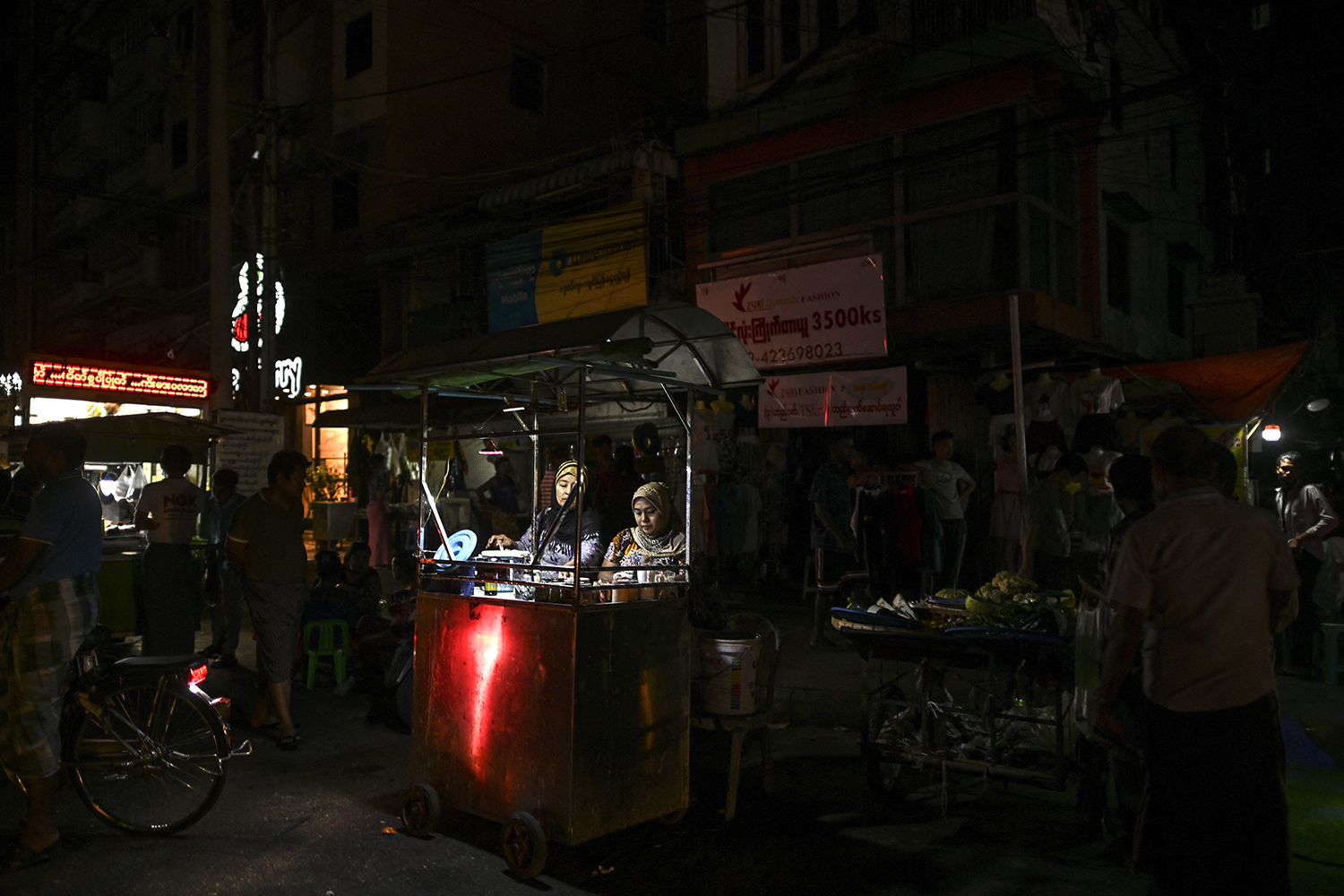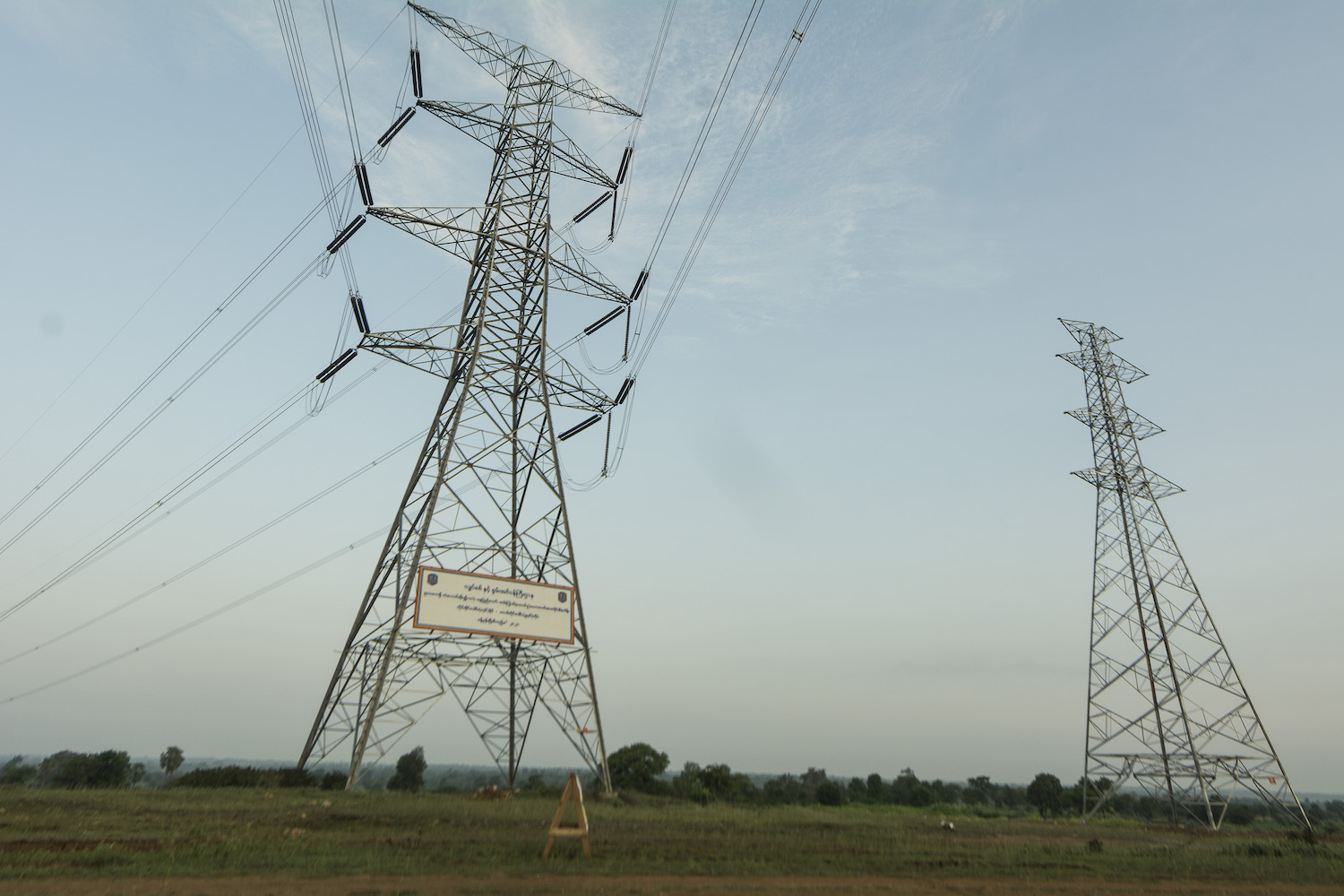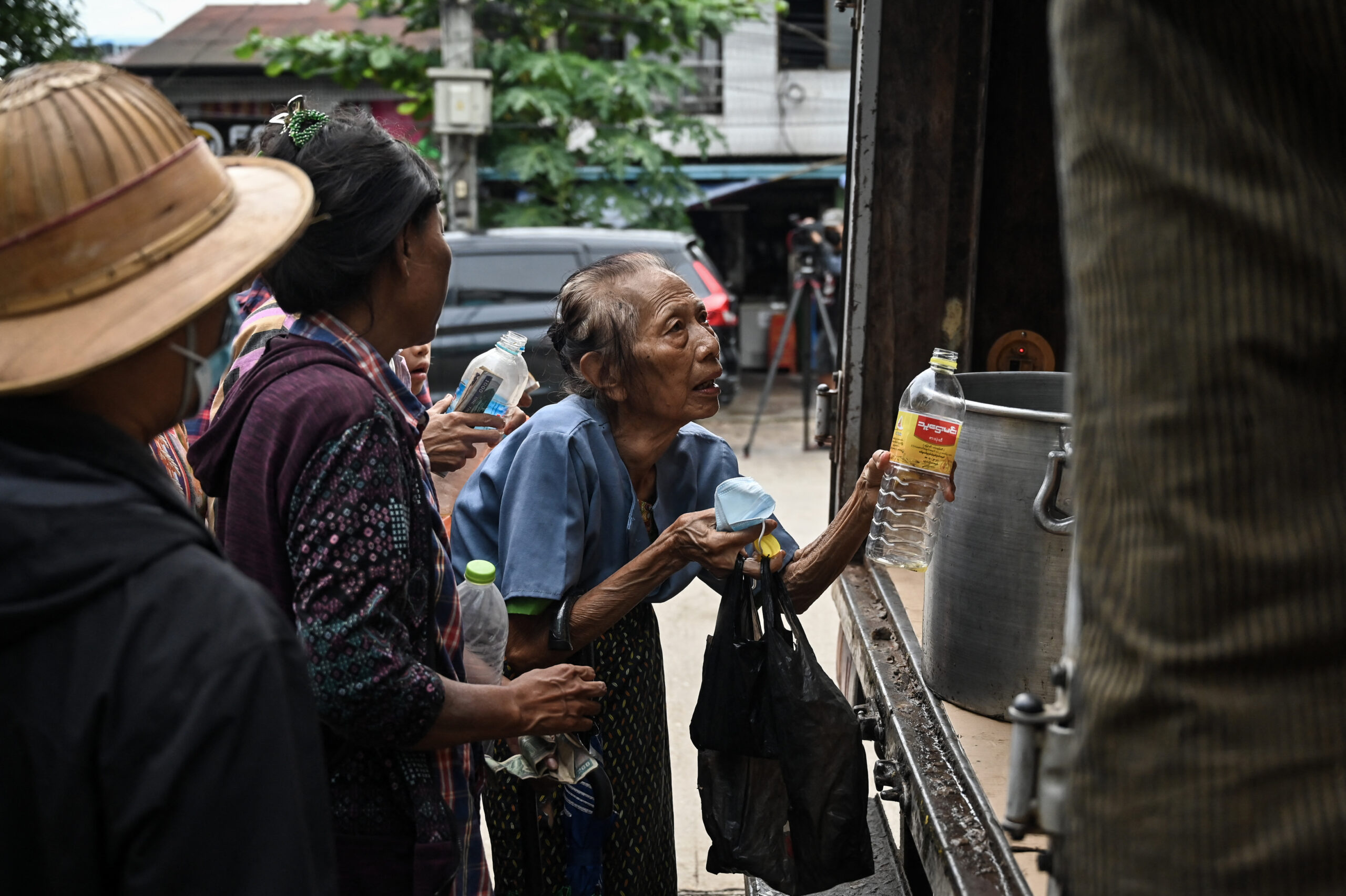By THOMAS KEAN | FRONTIER
YANGON — Australian energy firm Woodside has unveiled plans to develop gas reserves in the A-6 block by connecting the field to the Yadana project and said it is aiming to bring the field online by 2023.
The proposed Yadana tieback would include a 230-kilometre pipeline linking a production platform in A-6 with the Yadana platform, which would give the development access to both the Myanmar and Thai markets.
But chief executive officer Mr Peter Coleman also said at an investor briefing on May 23 that it was still not certain the project would be commercially viable.
The company is understood to be negotiating financial terms with the government, while also conducting exploration and appraisal drilling in A-6 and nearby blocks to better gauge the size of reserves.
Support more independent journalism like this. Sign up to be a Frontier member.
“We’ll know really pretty much by the end of the year whether we can reach the commerciality threshold,” he said. “We’re close with our Myanmar southern hub concept but we’re not there just yet so we’ll be drilling a combination of appraisal and exploration wells there [this year] … to get it across the commerciality threshold.”
Woodside has a 40 percent stake in A6 and is the joint operator of the block with MPRL E&P, which holds 20 percent. French energy giant Total, which operates the Yadana field, has a 40 percent share after farming in to the block in 2015.
The consortium has made several discoveries in the block, including the Shwe Yee Htun well drilled in early 2016 and the Pyi Thit discovery last year.
Woodside also has a stake in eight other blocks in the Rakhine and Ayeyarwady offshore areas. In April, industry website Upstream Online reported that it had hired a Transocean vessel to drill three wells in 2018, including an appraisal well in A-6, with the option of drilling up to five further wells. However, the A-6 drilling programme remains subject to government and joint ventures approvals, Woodside said in April.
First gas by 2023?
The A-6 block is expected to be the country’s next major offshore gas development. With Myanmar facing a looming power shortage – most gas from its four existing fields is exported, and output overall is declining – the government is pushing the consortium to bring it online as soon as possible.
“They must be able to produce first gas in 2023,” Ministry of Electricity and Energy assistant secretary Daw Khin Khin Aye told Frontier.
Speaking at the Natural Gas Myanmar 2018 Conference and Exhibition in Yangon on Wednesday, U Nyan Tun, the director of exploration and development at state-run Myanma Oil and Gas Enterprise, confirmed the 2023 target.
However, he said the recent discoveries were in “deep channels” that would make development more difficult. New technology should improve the chances of the project moving forward, he added.
Two successful wells in A-6 have been spud at a depth of over 2,000 metres, far deeper than previous discoveries in Myanmar’s offshore area. Anything below 1,500m (5,000 feet) is generally considered ultra-deep water.
U Kyaw Kyaw Hlaing, the chairman of service provider Smart Group, said that the 2023 target was ambitious.
“According to my experience in Myanmar, even in shallow water – a depth less than 600 feet – it took more than seven or eight years to reach production,” he told Frontier. “In A-6 we are talking a depth of 2,000m – that’s ultra deep water. If they can do it in five years, it’s good for the country. Let’s cross our fingers and wait for the production.”
Fiscal terms
The outcome of this year’s drilling campaign will be a factor in whether the project moves forward, but negotiations over the fiscal terms, particularly the profit share, are also important.
In January, Woodside’s Coleman told Reuters that his company was in “well advanced” talks with the Myanmar government on fiscal terms for developing the southern hub. “I would hope that’s resolved in the first half of this year,” he said at the time.
U Zaw Aung, director general of the Oil and Gas Planning Department at the Ministry of Electricity and Energy, confirmed the government was in negotiations with the consortium over the project.
“Some [negotiations] are partly finished some are not fully finished,” he said.
He said that while it was not certain A-6 would go into production, the government is keen to see progress so the gas can be used to generate domestic power.
“We have an intention, a plan to produce gas for our domestic utilisation. Our opinion is very clear but that negotiation is in progress. All is under discussion.”
Frontier understands that the consortium is pushing for a revision of the profit-sharing ratio in the original A-6 PSC, which was designed for less expensive shallow water exploration and production.
The typical profit split for a shallow water PSC is 60 percent for the government and 40 percent for the contractor, while deep-water is 55-45 to compensate for the higher development costs.
The A-6 block is a mix of shallow and ultra deep water, and it is in the deeper section where the consortium has made its discoveries.
Zaw Aung said the government was more open to negotiation on the terms for A-6 because it considers “ultra deep water” exploration “a special case”.
One industry source said the A-6 consortium is pushing for even better profit-sharing terms than a 55-45 split, and using the government’s urgent need for gas as a “bargaining chip”.
Woodside declined to comment and directed questions to MPRL E&P as the government liaison officer. MPRL did not respond to multiple requests for comment.


